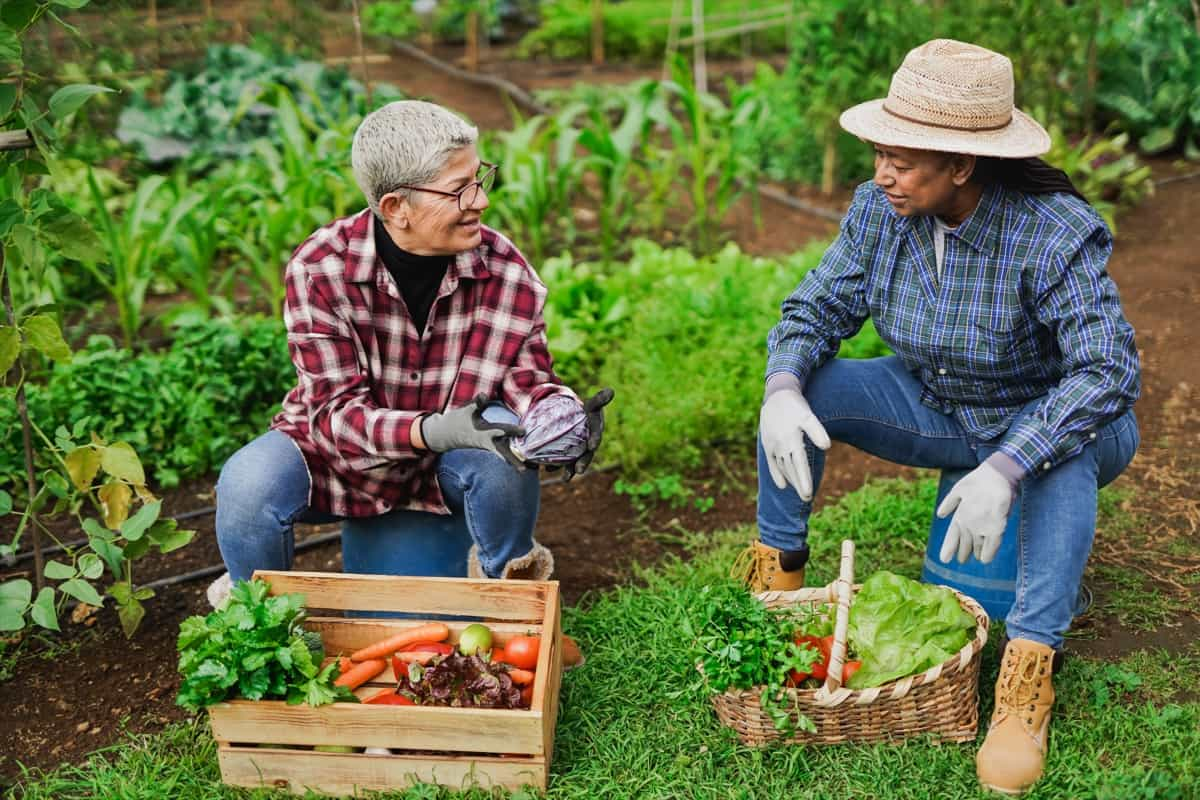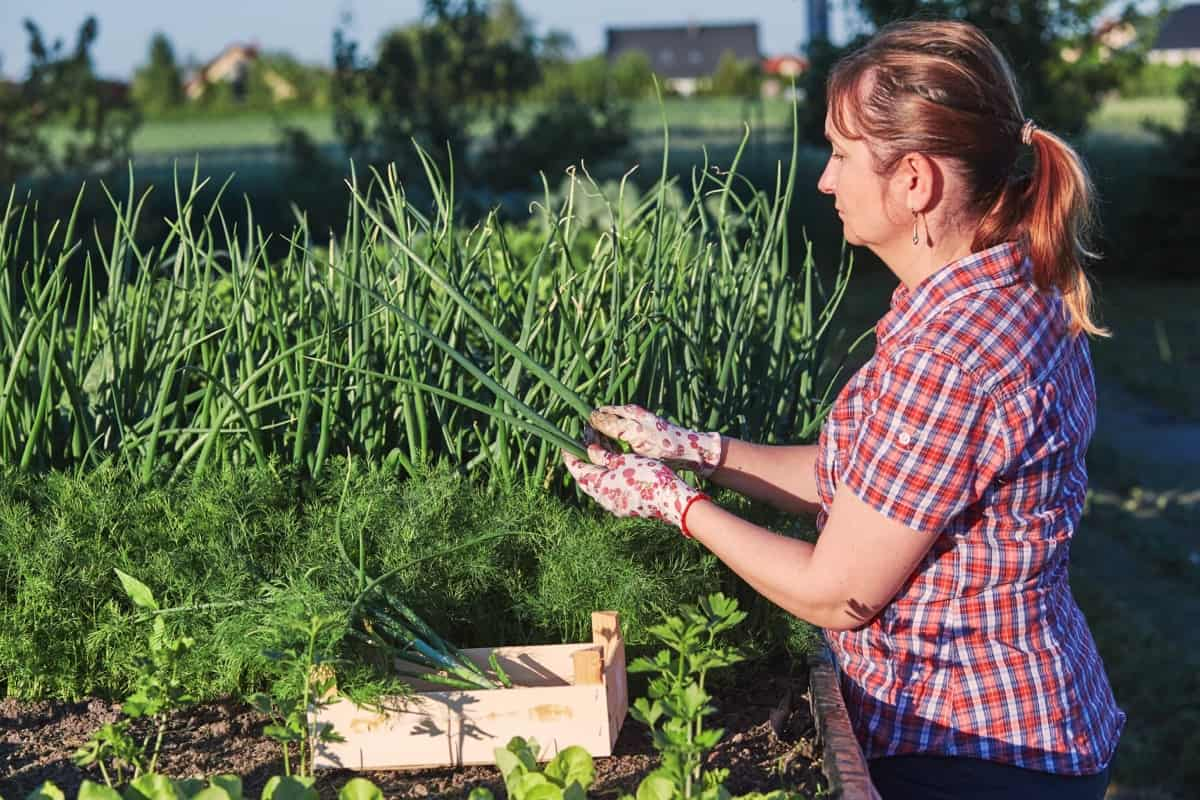Wondering when to start your vegetable garden in Rhode Island? Rhode Island’s climate presents unique opportunities for gardening, but it can be challenging if you don’t know the right times to plant. Understanding what zone Rhode Island is for planting is critical. The growing season in Rhode Island can vary from coastal to inland areas, impacting what vegetables grow well in Rhode Island.

To help you get started, this article offers a comprehensive guide on when to plant cucumbers, garlic, and other vegetables in different regions of Rhode Island, along with general tips for gardening in Rhode Island. We’ll also touch upon when to plant flowers in Rhode Island and the best vegetables to grow in the state. With last frost dates ranging from April to May, timing is everything. Read on for a detailed breakdown.
When to Plant Vegetables in Rhode Island
Understanding Rhode Island’s Climate Zones
Rhode Island has a variety of climate zones, with coastal regions generally experiencing milder winters and cooler summers compared to inland areas. Knowing what zone Rhode Island is for planting can help you make informed decisions. For coastal areas, the growing season tends to be longer. Inland regions may have shorter growing seasons but sometimes offer a wider range of vegetables.
Coastal Rhode Island tends to fall under USDA zone 7, while inland areas usually align with zone 6. Knowing your specific zone is key to understanding your area’s last frost in Rhode Island, a crucial factor for planting timing.
Factors Affecting Vegetable Planting Dates in Rhode Island
Several factors come into play when determining when to start your vegetable garden in Rhode Island. Sunlight, soil temperature, and rainfall patterns are critical. The growing season in Rhode Island, particularly its start and end dates, can shift depending on these factors.
For example, a mild winter may allow for an earlier start, while a wet spring could delay planting. When planning, consider the specific needs of the vegetables you intend to plant. For instance, when to plant garlic in Rhode Island will differ from when to plant cucumbers in Rhode Island, as garlic prefers cooler temperatures and cucumbers prefer warmth.
Planting Vegetables in Coastal Rhode Island
In coastal Rhode Island, the growing season usually starts a bit earlier and lasts longer than inland areas. When planning your garden, aim for late April to early May as your starting point, right after the last frost. This is an excellent time to plant cool-season crops like peas and lettuce.
In case you missed it: Easy and Best Container Plants for Rhode Island: For Winter, Shade, and Full Sun (Summer)

Because of the extended growing season, you’ll also have a broader window for planting warm-season vegetables like tomatoes and peppers. Coastal areas offer great opportunities for gardening in Rhode Island, particularly for vegetables that require a longer season to mature.
Optimal Vegetable Planting Times for Inland Rhode Island
For inland Rhode Island, you’ll find that the growing season is slightly shorter compared to coastal areas. A safe bet for starting your garden is early to mid-May, shortly after the last frost. Early spring vegetables like radishes and spinach can go into the ground as soon as the soil is workable. Warm-season vegetables like cucumbers should be planted later, ideally in late May or early June. Inland regions provide unique opportunities for what vegetables grow well in Rhode Island, including some that may not be as successful in coastal areas.
Vegetable Planting Schedule for Rhode Island
To simplify your planting timeline, consider it in three main phases: early spring, late spring to early summer, and fall. Early spring is best for cool-season crops, late spring to early summer is optimal for warm-season vegetables, and fall is great for a second round of cool-season veggies. Use your knowledge of the last frost dates and growing season lengths to adjust this general schedule according to your location, whether inland or coastal; being organized can make all the difference in your gardening success.
Recommended Vegetables for Early Spring Planting in Rhode Island
Early spring is the time to focus on cool-season vegetables. Think peas, lettuce, and spinach for this period. These plants can handle cooler temperatures and are generally quick to mature. Knowing when to plant these vegetables is crucial for success. For early spring planting, the period from late April to early May for coastal regions and early to mid-May for inland areas is optimal.
Late Spring and Early Summer Vegetable Planting Guide for Rhode Island
As the weather warms, late spring and early summer are the best times for planting warm-season crops. Vegetables like tomatoes, peppers, and cucumbers thrived during this period. For coastal Rhode Island, aim for these crops from late May to early June. Inland areas should focus on early to mid-June. These are among the best vegetables in Rhode Island during the warmer months.
In case you missed it: How to Fix Brown Leaves of Rhododendron: Causes, Treatment, and Effective Remedies

Fall Vegetable Planting Tips for Coastal Rhode Island
Fall is a fantastic time to plant a second round of cool-season crops, especially in coastal areas where the growing season is longer. Vegetables like kale, radishes, and turnips can be successful when planted in late August to early September. Even garlic, usually planted in the fall, can be a great addition to your garden. Knowing when to plant garlic in Rhode Island, particularly in coastal areas, can yield a rewarding harvest the following year.
Ideal Fall Planting Dates for Inland Rhode Island
For those gardening in inland areas of Rhode Island, fall presents a slightly narrower window for planting cool-season crops compared to coastal regions. As the growing season is generally shorter inland, you should aim to get your fall crops in the ground by late August to early September.
Consider planting quick-growing vegetables like lettuce, radishes, and spinach. These can mature before the first hard frost, typically in late October. Planting in late summer to early fall allows the soil to remain warm, providing an ideal environment for quick germination and growth.
When to Plant and What Vegetables to Grow in Rhode Island in Winter
Rhode Island winters can be harsh, but that doesn’t mean you must give up gardening completely. While traditional outdoor gardening might be out of the question, you can still grow certain vegetables indoors or use cold frames and greenhouses to extend the growing season. If you want to keep your green thumb active during the winter, consider vegetables like microgreens, herbs, or even dwarf varieties of tomatoes and peppers that can be grown indoors.
If you’re using a cold frame or greenhouse, hardy vegetables like kale, collard greens, and certain root vegetables can survive the colder temperatures. The key to winter gardening in Rhode Island is selecting the right crops and providing them with adequate protection from the cold.
Vegetable Planting Schedule/Calendar Table for Rhode Island
| Period | Coastal Region Vegetables | Inland Region Vegetables |
| Late April to Early May | Peas, Lettuce, Spinach | – |
| Early to Mid-May | – | Peas, Lettuce, Spinach |
| Late May to Early June | Tomatoes, Peppers, Cucumbers | – |
| Early to Mid-June | – | Tomatoes, Peppers, Cucumbers |
| Late August to Early September (Fall) | Kale, Radishes, Turnips | Lettuce, Radishes, Spinach |
| Winter (Indoor/Cold Frame) | Microgreens, Herbs | Microgreens, Herbs |
In case you missed it: Ultimate Guide to Rhode Island Red Chicken Breed: Characteristics, Care, Feed, and Health Care

Conclusion
Understanding the differences in growing seasons between coastal and inland Rhode Island can significantly impact your gardening success. This guide and accompanying table offer a comprehensive overview, helping you plan and execute a flourishing vegetable garden tailored to Rhode Island’s unique climate zones.
- Feed Your Flock for Less: Top 10 Tips to Save on Chicken Feed
- Ultimate Guide to Ossabaw Island Hog: Breeding, Raising, Diet, and Care
- Hatching Answers: The Top 10 Reasons Your Chickens Aren’t Laying Eggs
- Eggs and Economics: Breaking Down the Cost of Raising Backyard Chickens
- Defend Your Greens: Proven Methods to Keep Iguanas Out of Your Garden
- Ultimate Guide to Cinnamon Queen Chicken: A Comprehensive Guide for Beginners
- Ultimate Guide to California Tan Chicken: Breeding, Raising, Diet, Egg-Production and Care
- Ultimate Guide to Marsh Daisy Chicken: Breeding, Raising, Diet, and Care
- 10 Types of Chicken Farming Businesses You Can Start for Profits